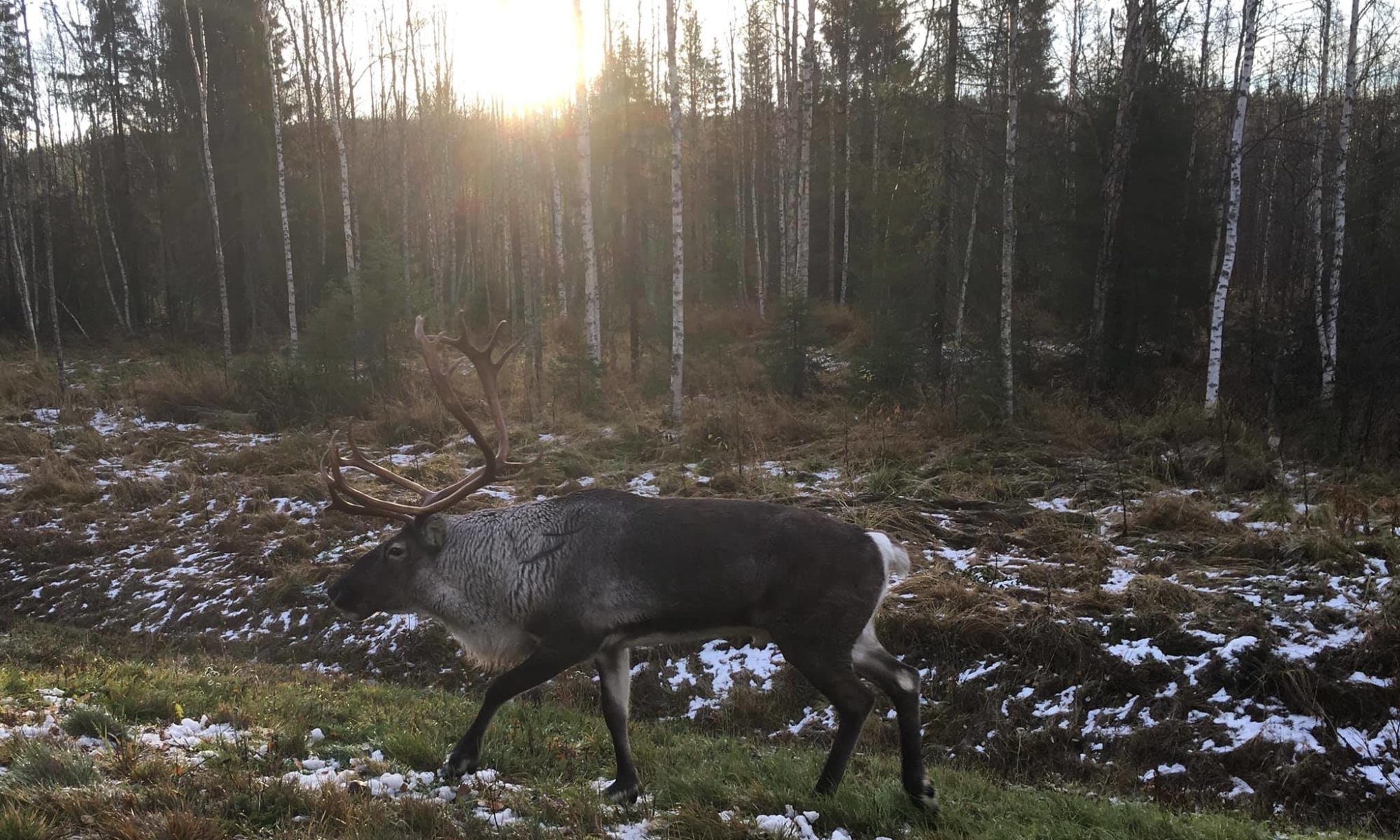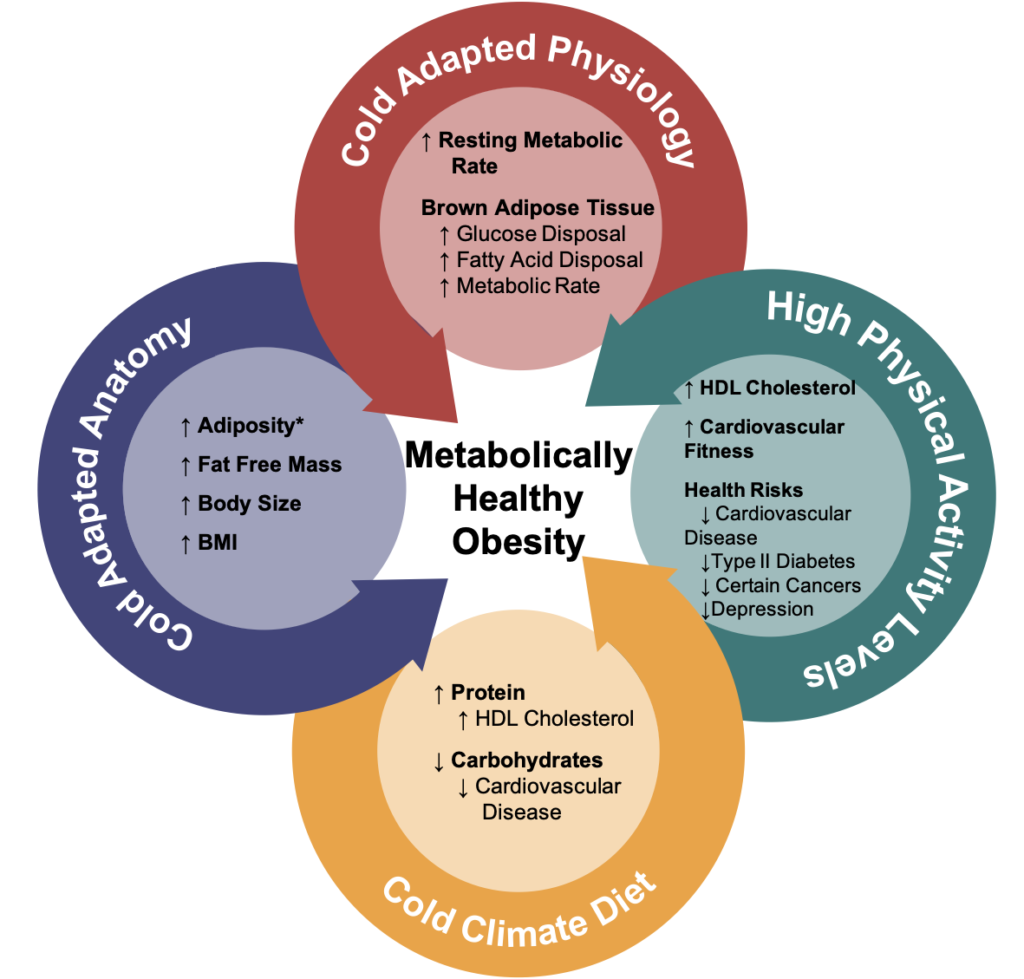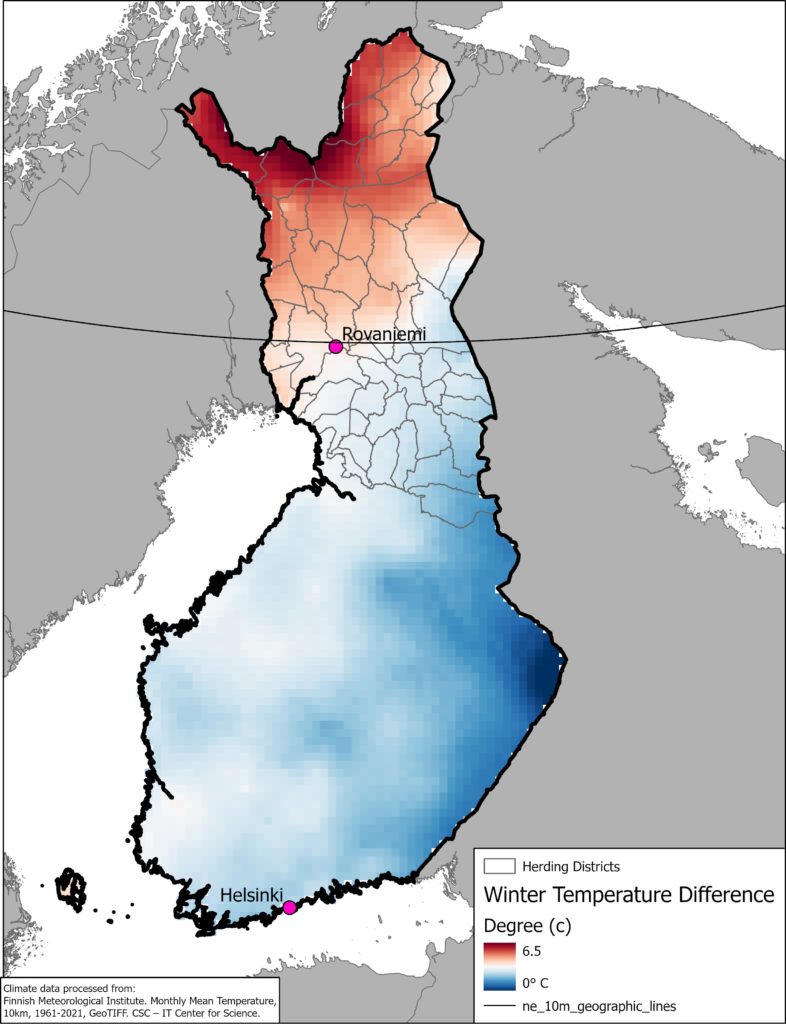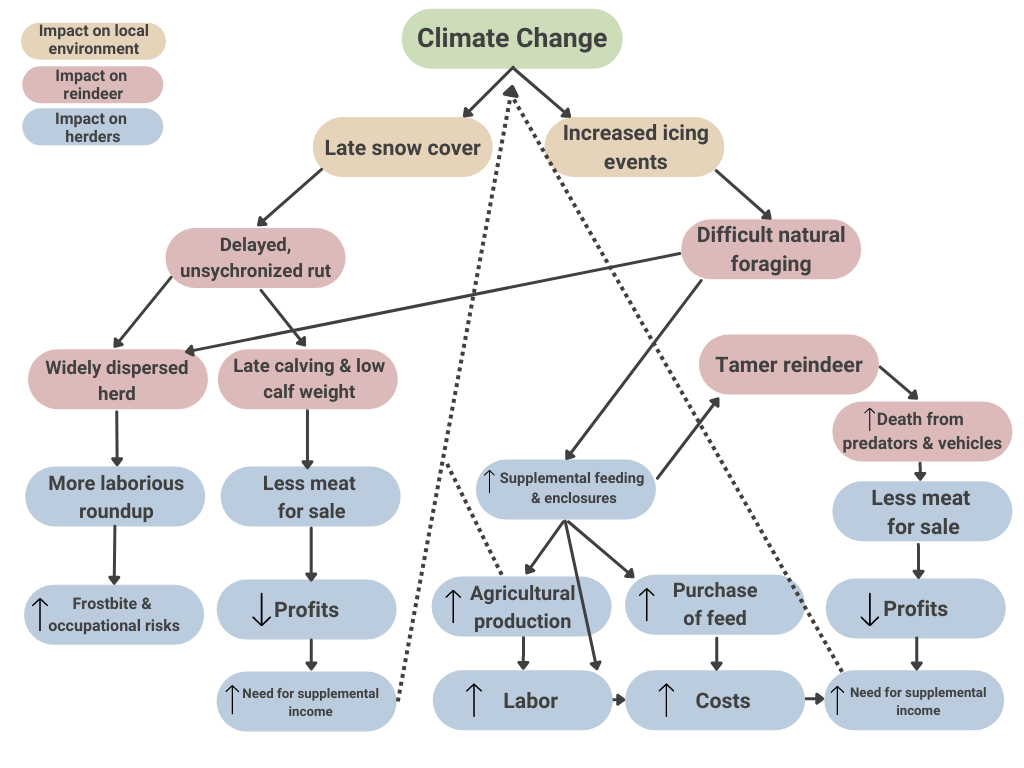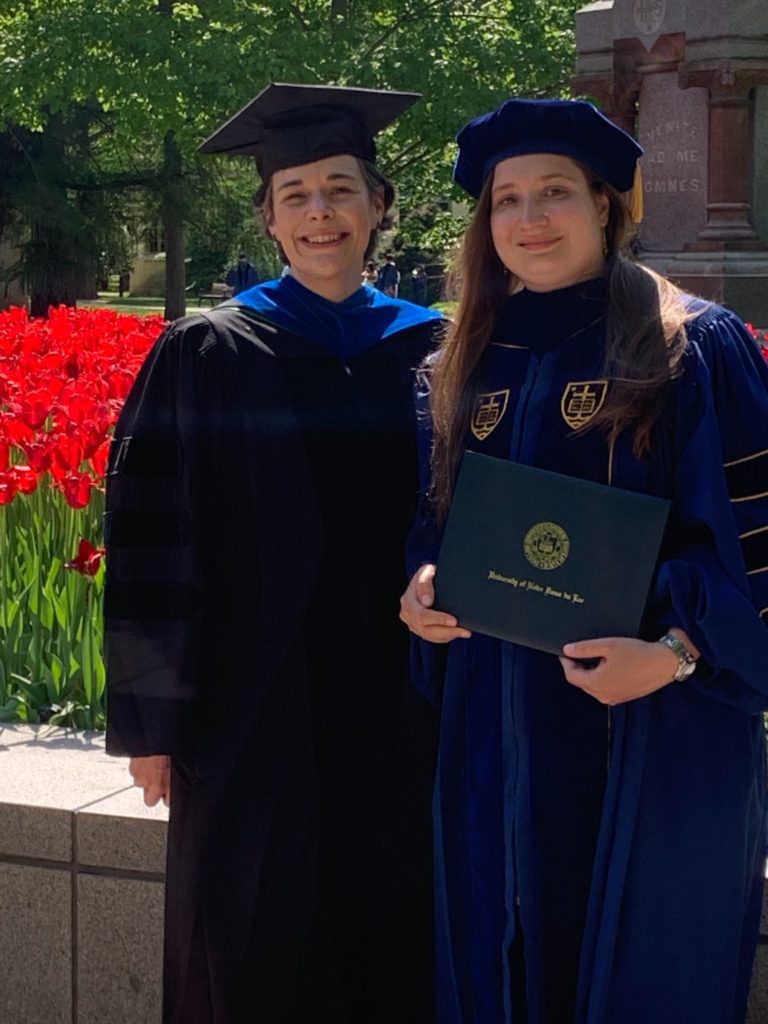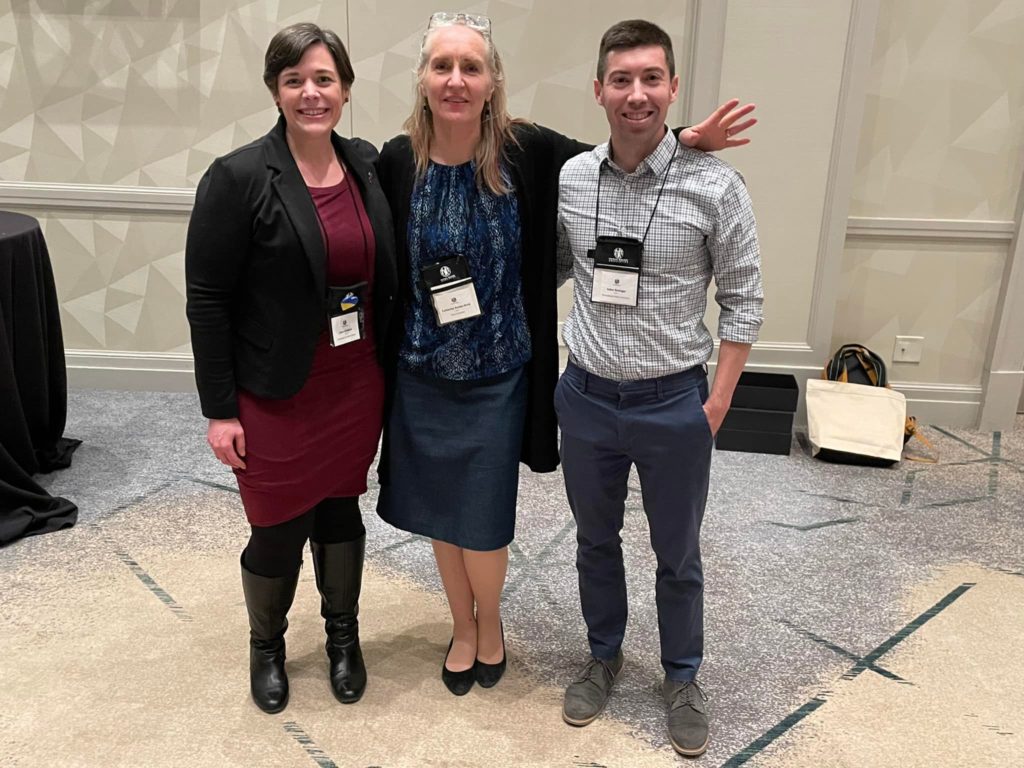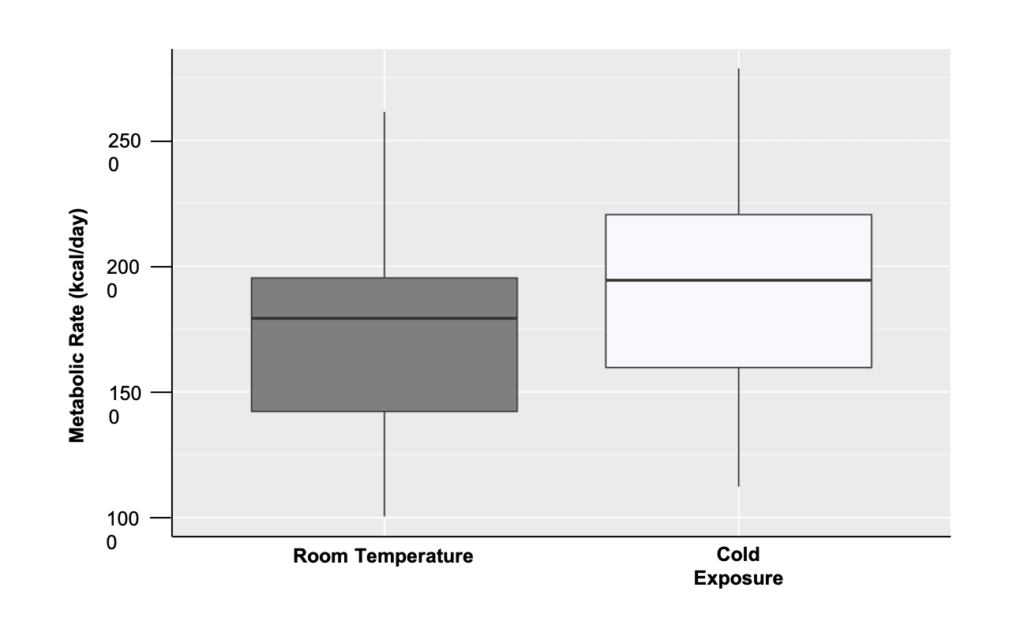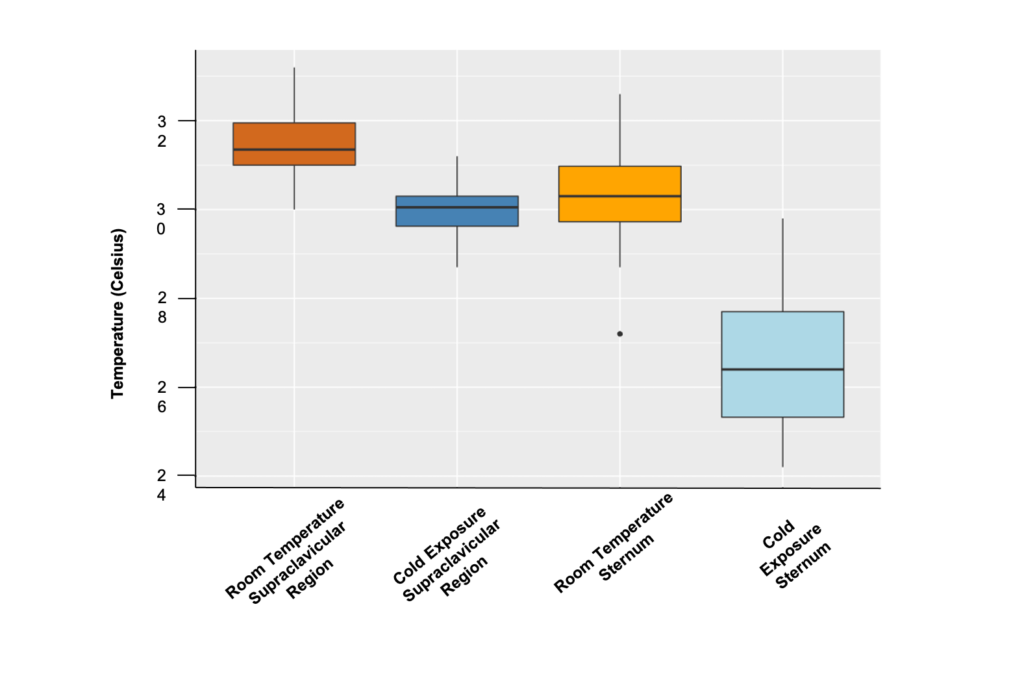Nine years ago, I was in my final year of graduate school and gave my first ever talk at the Human Biology Association. My talk was about the interactions between physical activity and thermoregulation I assessed for my dissertation research. After I presented, an older gentleman with a kind smile, but who I did not know, came up to me and said how impressed he was with my presentation and work. I put out my hand to shake his and glanced briefly at his name tag…It was Ted Steegmann.
I was stunned and awestruck. I had read and gained so much inspiration from Ted’s work on human adaptability. To me, at the time, he was one of those people who stood large in my life, but I never imagined I would meet him much less receive a compliment from him. His 2007 paper on the unfinished human cold climate agenda, based on his Pearl Memorial Lecture for the Human Biology Association, was formative for me.
Fast forward to 2022, when I have established a research program in Finland examining cold climate adaptations and their impact on human health, and was invited to present at the Human Biology Association plenary session on Humans at the Extremes. This plenary was organized by the brilliant Drs. Alexandra Niclou and Mallika Sarma, and they asked me to present on human adaptation to cold.
I knew immediately that I would model my talk and subsequent paper after Ted’s original unfinished agenda. This paper, is as much a tribute to Ted as it is good review of cold adaptations and road map for future research. Having this paper come out is a bit of a full circle moment for me, one leaving me with a deep sense of gratitude.
